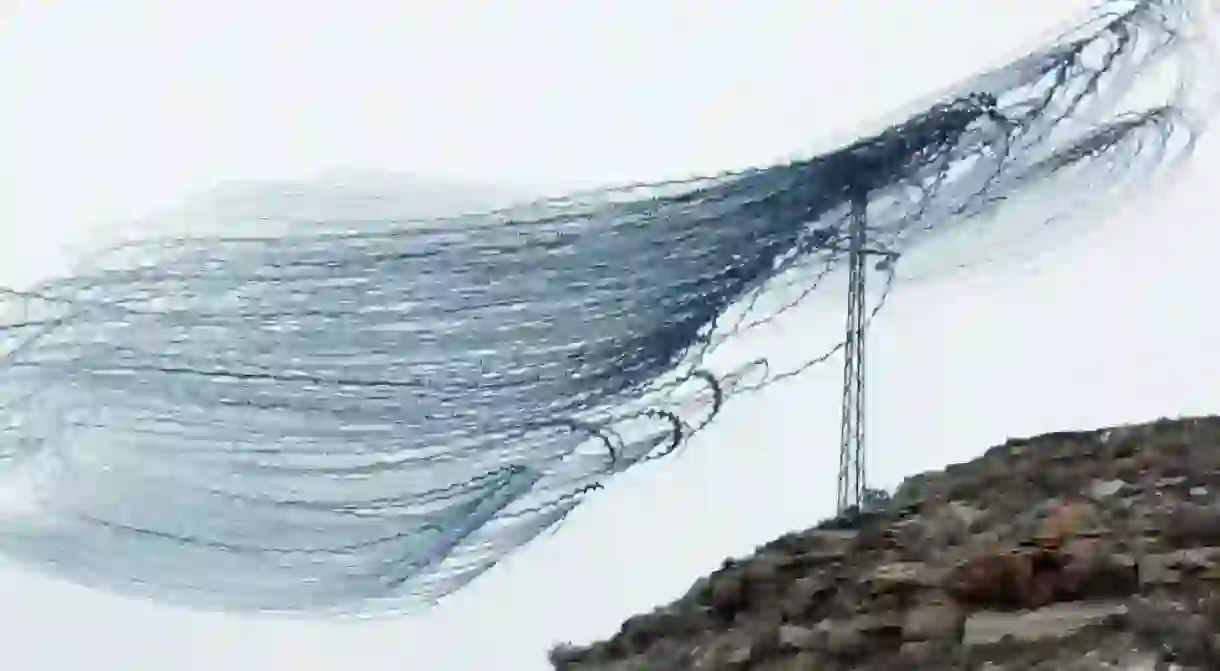Discover Artist Xavi Bou’s Evocative Ornitographies Series

In his photographic series Ornitographies, Catalan artist Xavi Bou has used an age-old technique to capture the mesmerising movement of birds, creating powerfully evocative shapes and forms which appear to belong to another world. First pioneered in the Victorian era, the technique known as chronophotography enables the superimposition of multiple pictures to create a single frame. We asked the artist – who was inspired by other Spanish photographers such as Javier Vallhonrat – what inspired his latest project and what these surrealist images mean to him.
Tell us about your latest project entitled Ornitographies; what is it about and how did it come about?
Ornitographies arises from the concern for capturing those unnoticed moments and from the interest in questioning the limits of human perception, in particular the perception of time. I achieved this by using a high resolution camera to take dozens of images per second of the birds in front of my camera. I then made a collage of all the hundreds of frames into one, revealing the shapes you see in front of you. Every single image is composed of anywhere between 150 and 1,000 individual pictures.


What inspired you to experiment with this technique?
Like an amateur naturalist, I can recognize the tracks of many animals. One day I asked myself, ‘Which track would be left by the birds during their flights?’ Then I started to look for a technique that helped me to freeze some seconds of flight in a single picture.


Did you have an idea what to expect from your work or was the result a surprise?
I had a pretty close idea of what kind of picture would appear as a result of this technique. But when I made my first Ornitographie it exceeded my expectation. At this moment I decided that it would be my personal project for the next few years.
Why was this project important for you? What did it teach you?
It’s important because it shows the hidden beauty that appears in nature when we watch it from a different point of view. Nature has always something amazing to show us; it’s one more reason to stop destroying it.


What was the most challenging part of the project?
Working with wildlife is always challenging, you can go to the perfect spot at the perfect moment, and have everything set up, but if the main character decides to not appear, there’s nothing you can do.


What are you working on next?
I’m still working on this project, creating new images, and going forward. For example I’m converting the waveform that appears in every single flight into the sound that corresponds to it.
















